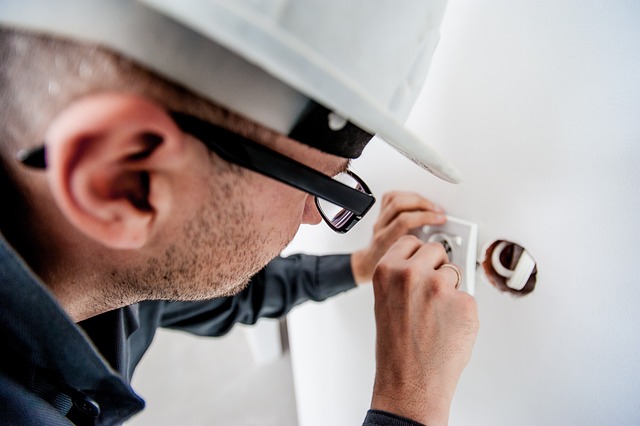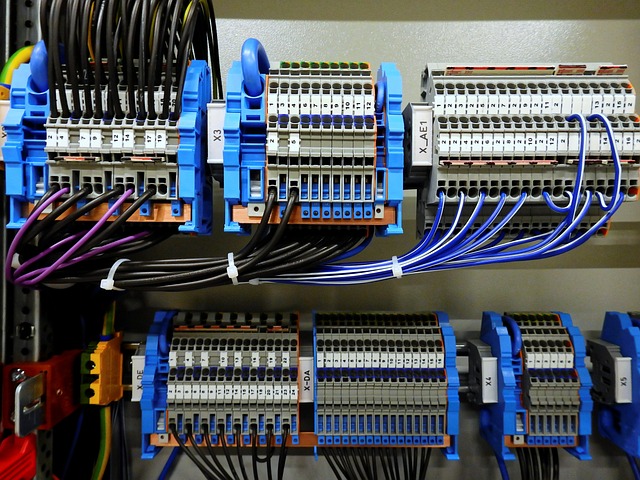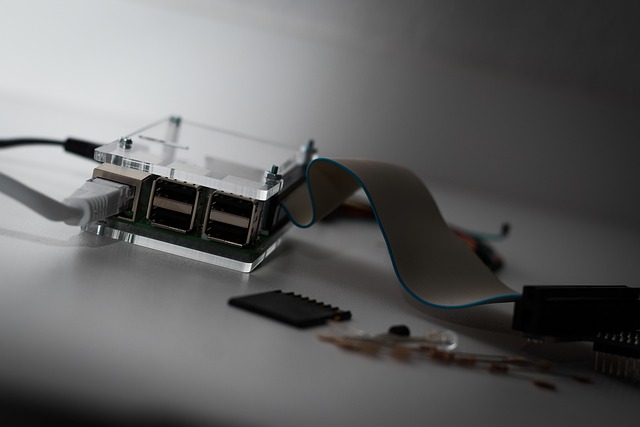Backup power systems, crucial for uninterrupted electricity during outages, rely on qualified electricians for installation and maintenance. Electricians select suitable generators based on client needs, ensuring safety and reliability through factors like fuel type, capacity, runtime, noise reduction, and advanced features. The installation process involves site assessment, regulatory compliance, generator placement, wiring, grounding, battery setup, and fuel tank installation, creating a robust backup power solution.
“Ensure uninterrupted power with backup systems! This comprehensive guide, tailored for electricians, delves into the world of generator installations. From understanding the vital role of backup power in today’s world to selecting the perfect generators for your system, we cover it all.
Learn the step-by-step installation process, designed to equip you with the knowledge to provide reliable solutions. Discover how the right electrician can navigate complex requirements and ensure a seamless, efficient setup.”
- Understanding Backup Power Systems and Their Importance
- Choosing the Right Generators for Your System
- Installation Process: A Step-by-Step Guide for Electricians
Understanding Backup Power Systems and Their Importance

Backup power systems are essential components in any home or business, providing uninterrupted electricity during power outages or emergencies. As a qualified electrician, understanding these systems is crucial to ensuring reliable and safe operations. These systems, often powered by generators, serve as a lifeline, especially in remote areas or places with frequent disruptions.
When an electrical grid fails or goes offline, backup power kicks in, preventing the disruption of critical operations like lighting, heating, cooling, and medical equipment. Electricians play a vital role in installing and maintaining these systems, ensuring they are ready when needed. Generators, as the backbone of these setups, require careful installation to meet safety standards and offer efficient, reliable performance.
Choosing the Right Generators for Your System

When it comes to installing backup power systems, choosing the right generators is a crucial step. As an electrician, understanding your client’s specific needs and power requirements is essential. Different generators cater to various applications, from home use to industrial settings. For instance, portable generators are ideal for temporary power solutions or during outdoor events, while standalone systems are designed for permanent installations in businesses or critical infrastructure.
Factors like fuel type (diesel, gasoline), capacity (in kilowatts), runtime, and noise levels should be considered. Modern electricians can also recommend models with advanced features like automatic transfer switches, which ensure seamless power transfer during outages, enhancing overall system reliability and safety.
Installation Process: A Step-by-Step Guide for Electricians

The installation process of backup power generators involves several crucial steps that require the expertise of a qualified electrician to ensure safety and efficiency. The first step is preparation, where the electrician assesses the site and determines the generator’s placement. This includes evaluating the location’s environmental factors and ensuring it complies with local regulations. Once approved, the electrician proceeds to install the generator, meticulously connecting the power source to the existing electrical system.
The next critical phase involves wiring and grounding, demanding meticulous attention to detail. The electrician runs cables from the generator to the load center or panel, facilitating the transfer of power. Proper grounding is then established to divert any stray currents, enhancing safety measures. Additional components like batteries, transfer switches, and fuel tanks are also installed, creating a robust backup power system. Throughout the process, electricians adhere to strict safety protocols, ensuring all connections are secure and up to code.
When it comes to ensuring uninterrupted power supply, installing generators for backup power systems is a crucial step. By following a systematic approach, as outlined in this guide, electricians can play a vital role in empowering homes and businesses with reliable resilience. Choosing the right generator and understanding the installation process are key to a successful implementation, allowing folks to rest easy knowing their essential services remain operational during outages.
